HONESTLY, WHAT IS SO GREAT ABOUT A ROTH IRA?
How would you like to invest some of your retirement in a fund that you don't pay taxes on as it grows, and also don't pay taxes on when you take a distribution during retirement? If you are like most Americans, you already have access to an account exactly like this -- a Roth IRA.
How Are Roth And Traditional IRAs Different?
This is actually a pretty complicated question, and you should always consult a financial professional to determine which type of IRA is right for you, but it essentially boils down to this:
The Traditional IRA is tax-deferred. You can deduct the money you save in it each year from your income, meaning you won’t pay as much income tax now. However, when it comes time to withdraw the money at retirement, you’ll pay taxes then.
The Roth IRA offers tax-free growth. You can’t deduct your savings from your income like you can with a Traditional IRA, but when you withdraw the money at retirement, you don’t have to pay taxes—you’ve already paid.
So as we initially discussed at the beginning of this post, you experience tax-free growth and tax free withdrawals, but you must pay ordinary income taxes on the initial contribution. This could be a potentially great deal for you; especially if you are younger, need tax flexibility in your early retirement years (for one example Roth IRAs don't count as income under Obamacare's tax credit limit), or plan on being in a higher tax bracket in the future. Roth IRAs are also traditionally more flexible when it comes to withdrawals and paying your beneficiaries should something happen to you.
Why don't we take a closer look:
YOUR MONEY GROWS TAX-FREE
If you were to invest in a standard after-tax brokerage account, you would pay taxes as you go. Meaning you would pay taxes in the year in which you:
Are paid any interest
Receive any dividends
Or, sell your stocks and funds for a gain
This is completely different with both IRAs and Roth IRAs. With these "tax-qualified" accounts you get the benefit of what is commonly called tax-deferred growth. With a traditional IRA, this means you don't pay taxes until you take a withdrawal from your account. With a Roth IRA, this means you never pay taxes ever again after the initial contribution!
Flexibility Of Withdrawals
Want to access funds from your Traditional IRA before retirement? Chances are you will be forced to pay a 10% early-withdrawal penalty. Oh, and by the way, because you haven't paid taxes on those funds, your withdrawal will also be subject to federal and state taxes. On the other hand, with a Roth IRA, you don’t need a special reason to withdraw your contributions: you can withdraw the money you’ve contributed whenever you want. There is no penalty, and you won’t have to pay taxes (you’ve already paid them!) This liquidity can be a big perk. The one caveat is that the account must be opened for at least 5 years before you can begin taking distributions (Known as the 5-year rule).
Also, with a Traditional IRA, in the year in which you turn 70 1/2 you must begin what are known as Required Minimum Distributions (RMDs) from your account balance. While the percentage of your account you are required to withdrawal starts out pretty small (3.65% of your total account balance at age 70 1/2), they accelerate fairly quickly. With Roth IRAs there are currently no RMDs, if you don't need the additional income, you have the flexibility to leave it in your tax-deferred account!
Finally, the Roth IRA has some additional flexibility when it comes to passing and inheritance to your beneficiaries. If you were to pass away your traditional IRA must be distributed over time in one of 2 ways:
via a 5 year mandatory distribution
or, distributions over your beneficiaries lifetime (known as the stretch provision)
These distributions will also be taxable to your beneficiary in the year they receive the funds
What Are The Contribution & Income Limits
So now we've established that a Roth IRA can be a pretty awesome tool, but what we haven't discussed are the qualification limitations to contribute directly to a Roth IRA. In 2016, you can save up to $5,500 in your Roth, as long as you earn less than $117,000 ($184,000 for married filing jointly). You also may qualify for a partial contribution if you are over the initial limit earn less than $134,000 ($194,000 if married).
Backdoor Roth
Under current tax law, there is still a fairly simple process for individuals earning over the above limitations to still contribute to a Roth IRA, this process is currently known as a "Backdoor Roth Contribution." Aside from having a terrible name, the backdoor Roth revolves around funding a non-deductible traditional IRA, and then immediately converting that contribution to a Roth. For now, there are no income limits for converting, and you only pay taxes on any gains from the conversion (because you would be converting immediately, there are no gains - thus no additional taxes).
Summary
The Roth IRA is popular for a very good reason; it comes with a lot of great perks. While there are some limitations, you should speak with your financial adviser (by the way, if you don't have a financial adviser, I happen to be one - give me a call any time!) to determine if a Roth IRA is right for your situation.
- Bill Cardwell CFP® ChFC
